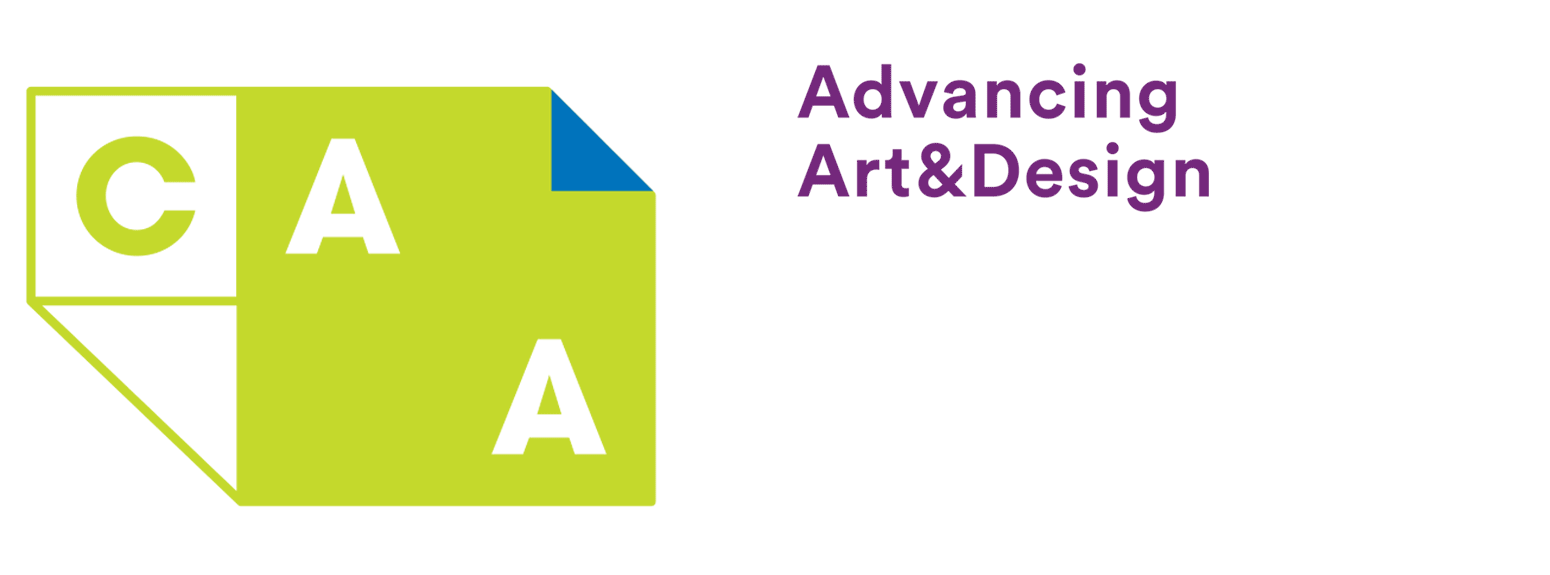Standards & Guidelines » CAA Guidelines
Statement Concerning the Acquisition of Cultural Properties Originating From Abroad, From Indigenous Cultures, and From Private Collections During the Nazi Era
Adopted by the CAA Board of Directors on April 28, 1978; revised on October 23, 2016; revised October 15, 2023.
Introduction
CAA recognizes the vital role played by museums in acquiring, displaying, and making available for research and teaching works in the visual arts. The acquisition of such works, however, should not come at the expense of nations, Indigenous cultures, and individuals who have not parted with or would not willingly part with such works. Accordingly, CAA encourages boards of trustees, museum directors, curators, collectors, dealers, public officials, auction houses, and all others entrusted with the acquisition and/or custody of works of art and material culture to assure such acquisitions or possessions are in accordance with the highest international provenance standards, especially with regard to ancient works from abroad, those produced by Indigenous peoples, works separated or stolen from their owners during the Nazi era, and works separated from nations and cultures under duress.
This statement offers guidance regarding the acquisition, documentation, and when appropriate, repatriation or restitution of such works. It accomplishes this task by referring CAA members and others to the following guidelines developed by professional associations whose institutional and individual members specialize in the acquisition of such works. In each instance, those organizations have carefully analyzed the best practices now prevalent in the field and thus these guidelines represent the most current approaches to the handling of these classes of objects.
Guidelines and Standards
Regarding the acquisition of ancient objects from abroad, see the Association of Art Museum Directors (AAMD), USA, “Guidelines on the Acquisition of Archaeological Material and Ancient Art” (2013)
See also the American Alliance of Museums (AAM), “Standards Regarding Archaeological Material and Ancient Art” (2008)
Regarding the handling of objects produced by indigenous cultures in the Americas, see the AAMD’s “Report on the Stewardship and Acquisition of Sacred Objects” (2006)
Regarding the handling of works taken from their owners during the Nazi era, see the AAMD’s guidelines on “Art Museums and the Identification and Restitution of Works Stolen by the Nazis” (2007)
See also the AAM’s “Standards Regarding the Unlawful Appropriation of Objects During the Nazi Era” (1999, amended 2001)
Regarding the temporary acceptance of works for safe-keeping from countries during periods of conflict or duress, see the AAMD’s guidelines on “AAMD Protocols for Safe Havens for Works of Cultural Significance from Countries in Crisis” (2015)
International Conventions and National Legislation
The development of these and similar guidelines has been shaped by more than forty years of disputes that were subsequently addressed through international conventions and national legislations. The most relevant of these are:
The United Nations Educational, Scientific, and Cultural Organization (UNESCO), “Convention on the Means of Prohibiting and Preventing the Illicit Import, Export and Transfer of Ownership of Cultural Property 1970” (1970)
UNESCO, “Recommendation for the Protection of Movable Cultural Property” (1978)
For more resources, please explore the UNESCO legal affairs publications on the topic of cultural property here.
The International Council of Museums (ICOM) Code of Ethics policies, including the “Checklist on Ethics of Cultural Property Ownership” (2011) and “Standards on Accessioning of the International Council of Museums” (2020).
Within the United States of America, the handling of Native American human remains, funerary objects, sacred objects, and objects of cultural patrimony are governed by the federal Native American Graves Protection and Repatriation Act (NAGPRA, 1990). Resources for museum professionals working with NAGPRA-related materials are available on the NAGRPA website.
Mediation
The repatriation or restitution of objects is complex and can entail a variety of legal concerns transcending international boundaries and involving multiple institutions and government agencies. To assist with repatriation and restitution efforts, the World Intellectual Property Organization (WIPO) created resources for Alternative Dispute Resolution (ADR) for Art and Cultural Heritage.
Additional Resources
Additional material related to this topic may be found on the AAM’s online bookstore, which contains a search tool that may be used with keywords and drop-down categories.
Please consult your local government for policies and procedures that are relevant to your region pertaining to the acquisition, display, repatriation, or restitution of objects under your institution’s stewardship.
Individuals seeking the return of objects illegally obtained during the Nazi era and museums wishing to register works suspected of being acquired as a result of Nazi-related dispossession, see the AAM’s “Nazi-Era Provenance Internet Portal Project.”
Individuals and museums seeking to register a collection loss, or conduct provenance research, should consult with the Art Loss Register’s database and experts.
Additionally, please consult the INTERPOL Stolen Works of Art Database.
Comments and revisions proposed in 2023 by Paige Brevick, President and Director of Saving Antiquities for Everyone and the University of Minnesota, with the advice and approval of 2023 Museum Committee members Monica Andrews (chair), Harvard University; Samantha Hull, de Saisset Museum; and Margaret Pezalla-Granlund, the College of New Jersey.
Originally prepared by Jeffrey Abt, Wayne State University, with the advice and approval of the 2015 Museum Committee.


